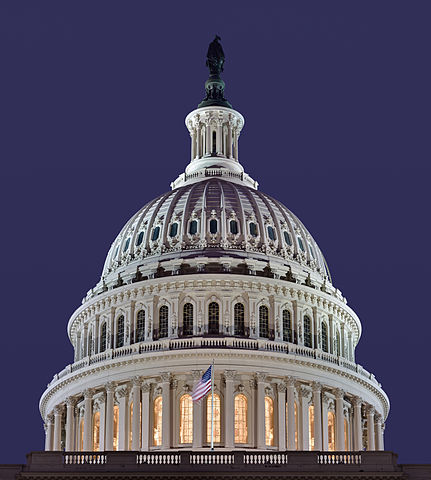Gridlock has become the new norm in Congress. The last two Congressional sessions (112th and 113th) were arguably the two least-productive sessions in the history of the country.
Republicans now control both chambers, but that doesn’t mean the gridlock will end.
In fact, some observers say that in 2015, the trickle of meaningful bills coming out of either Congressional chamber could slow even further.
That could be good news for federal workers.
Why?
Because trimming federal retirement benefits is a popular idea among a group of lawmakers, and gridlock could stave off those cuts.
Federal News Radio explains:
In 2014, the to-do-list of many pols included plans to charge workers more, via payroll deduction, for their CSRS and FERS benefits. It could have resulted in a pay cut of 2, 3 or even 4 percent.
Also on the list was a big budget saver — a plan to trim future cost-of-living adjustments for current and future retirees by 0.3 percent each year, every year. People would still get COLAs. But in a diet-version.
NARFE’s Jessica Klement estimated the typical CSRS retiree would miss out on $50,000 in future benefits if the COLA calculation change was made. It wasn’t, in part because of gridlock.
[…]
There is an upside to gridlock, especially for active and retired members of the federal family. It kept politicians with political, personal or fiscal axes to grind (out of your hide) from chopping up your benefits package. Feds even got a token raise. While only 1 percent (same as this year) it was 100 percent more than they got in 2013, 2012 and 2011.
The gridlock also gives retiree advocates and labor groups more time to combat those policies.
Two lawmakers, Rep. Jason Chaffetz [R-Utah] and Rep. Mark Meadows [R-N.C.], are leading the push for civil service reform, including pension changes.
OpenRetirement covered their plans here.
